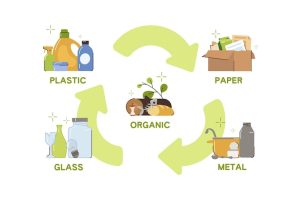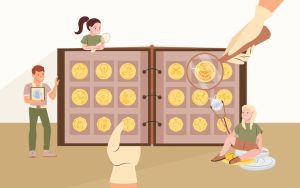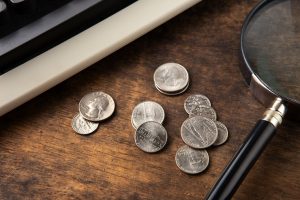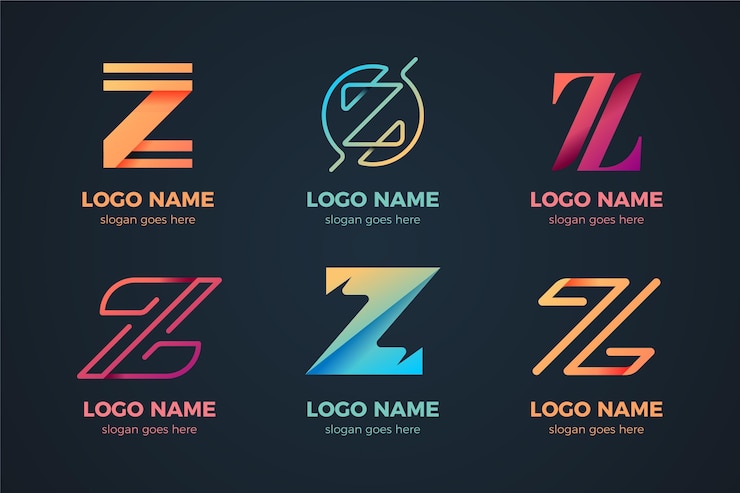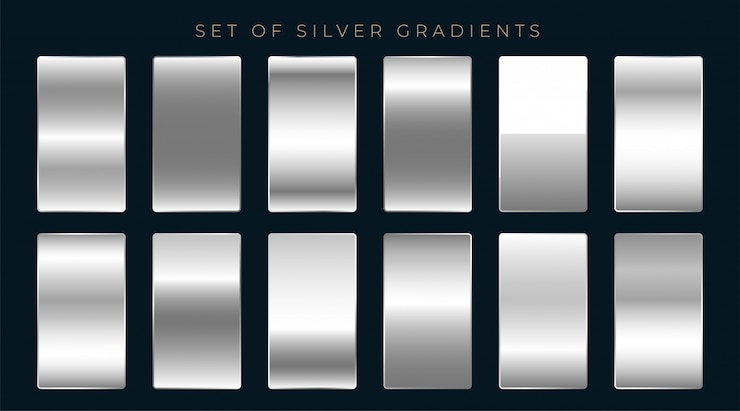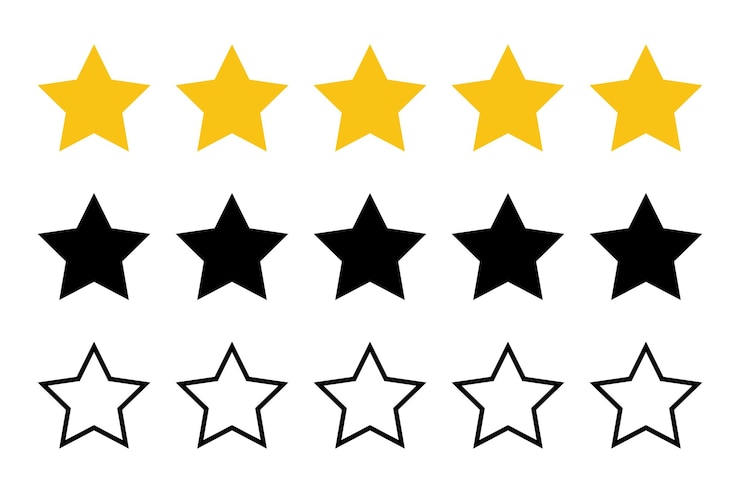
A fascinating experience happened to me recently: I ended up with 20 consecutive five-dollar star notes! They were as crisp as new, and I snagged them for just $100 in trade.
Here’s how it happened: A friend of mine who works at a restaurant stumbled across these bills while starting his shift and breaking open a fresh stack of fives. Knowing my interest in collecting, he set aside some for me. Can you believe it? Out of a total of 60 consecutive $5 bills, all adorned with those special stars, this was my first time owning such notes—actually, my first twenty!
A fun tidbit: the remaining 40 notes were put back into circulation because my friend and his buddy couldn’t sell them for a profit. So, they’re still floating around out there—who knows where they might pop up!
For those unfamiliar with star notes, the Bureau of Engraving and Printing (BEP) describes them like this: When an imperfect note is found during production after serial numbers have been printed, it’s replaced by a new one. To avoid the cost and hassle of reusing the same serial number, a star note is issued with a unique serial number ending in a star instead of a suffix letter. The original serial number is not reused in that sequence.
While I’m more into collecting older coins and currency, I was excited to add these to my collection. Although they aren’t significantly more valuable than regular bills (at least not mine), they have a premium value and are beloved by many collectors, particularly when in excellent condition and in sequence.
Understanding their appeal, I started sharing them with some friends and recently made an exciting trade. Initially, I was offered $6 each, which didn’t quite thrill me. For only a $20 profit, I might as well have kept them. Then, I got a better offer of $6.75 each, nearly doubling the profit to $35—getting warmer, but not quite there.
Instead, I proposed something preferable to extra cash: “Coin Credit.” I suggested taking a $50 credit to my friend’s “coin store,” which is really his personal coin collection, rather than cash. That would mean more value for me and less cash output for him.
He agreed quickly, and the deal was sealed! A tip: people are usually more willing to part with credit than cash, so keep that in mind the next time you’re negotiating a deal. As long as you’re happy to expand your collection with new coins instead of cash… and who are we kidding? Of course, you want more coins!
Curious about what I got for my $50 credit? Stay tuned for the next post to find out!
